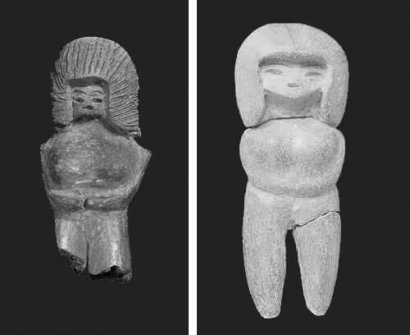 Musical instruments are grouped and classified in different ways. The discipline that studies everything related to the classification of instruments is organology, a branch of music that is integrated into a larger one, acoustics.
Musical instruments are grouped and classified in different ways. The discipline that studies everything related to the classification of instruments is organology, a branch of music that is integrated into a larger one, acoustics.
Observing the contents of this discipline
- The principles and fundamentals related to musical sound (types of waves and their relationship with each instrument, tuning systems or acoustic behavior in a room) are studied.
- The qualities of the various instruments are identified (the mechanisms of vibrations, the different frequencies or the identification of sounds).
- Instrumental formations are analyzed according to their melodic or timbral characteristics.
- It is studied how to differentiate the hearing of the instruments.
- Instruments are analyzed in their historical and cultural context.
- The materials used and their relationship with sound quality are explained.
- The formation of orchestras is studied, both from a technical and historical point of view.
- The different classification systems are compared.
- Prehistoric artifacts are investigated as antecedents of musical instruments.
The classification of instruments throughout history
The first rigorous classification occurred in the 15th century in Europe and was made to order orchestral ensembles. In this sense, the instruments were divided into four groups: string, wind, percussion and all those that were not in the first three categories.
In the 19th century a new classification was introduced and the instruments were classified as follows: chordophones (there is a vibration of the strings), aerophones (the instruments vibrate by the wind), membranophones (the vibration affects a membrane) and autophones (in this case what vibrates is the material of the instrument).
Types of musical instruments
 There are three main categories: string instruments, wind instruments, and percussion instruments. The former produce sounds by the vibration of one or more strings, as happens with the guitar or the violin. Among the wind instruments we can highlight the saxophone, bassoon, clarinet, transverse flute or oboe. Some of the most popular percussion instruments are castanets, congas, marimba, cymbals or timpani.
There are three main categories: string instruments, wind instruments, and percussion instruments. The former produce sounds by the vibration of one or more strings, as happens with the guitar or the violin. Among the wind instruments we can highlight the saxophone, bassoon, clarinet, transverse flute or oboe. Some of the most popular percussion instruments are castanets, congas, marimba, cymbals or timpani.
It should be noted that some instruments produce sounds without any type of strings, air columns or membranes. These instruments are known as idiophones and were very popular during the Middle Ages (such as the tejoletas or the carajillo).
Photos: Fotolia - Walenga Stanislav / Artinspiring









